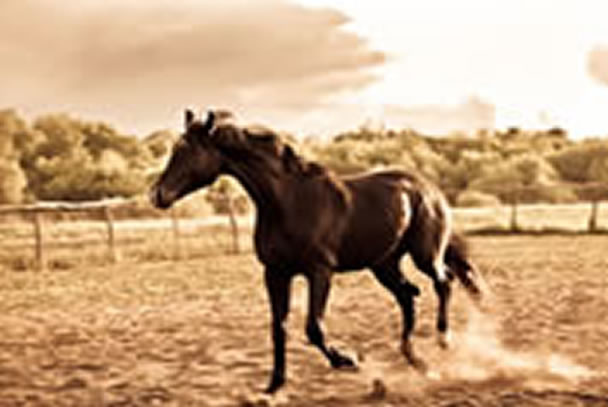Practicing for the horse show

They say that practice makes perfect, and that is certainly true when it comes to competing in horse shows. From the moment you and your horse walk into the arena, you will be under the watchful eye of the judge, and you will be judged on a number of different criteria.
Practicing the movements you will be judged on in the comfort of your home arena is one of the best ways to prepare for the pressure of competition.
Practicing is a lot easier if you have the most modern setup, but there are things you can do to compensate if you do not have all those things at your disposal. For instance, many of the top riding academies replace one wall of their indoor arenas with a full length mirror. That setup makes it easy for students to check their positions and make adjustments, even when the instructor is not watching.
Chances are you do not have that type of setup at home, but you can substitute a trusted friend or fellow rider for that mirror. Having someone on the ground who can evaluate and critique your position is one of the best ways to learn, since it takes some time to develop a feel for when you are out of balance with your horse.
A video camera can serve the same purpose for those times when you need to ride alone. The price of small security and surveillance cameras has really come down, allowing you to set up a system of cameras around the arena if you wish. Failing that, you can always set up a small tripod and a single camera to check your riding and evaluate each session after it is over.
There are also a number of exercises you can do to improve your riding and make the muscles used while on horseback stronger. Exercises like standing in the stirrups can strengthen you calf and thigh muscles, and riding without stirrups can help you develop the balance you need for your chosen sport.
It is also a good idea to practice mounting and dismounting, especially if you plan to compete in events like equitation and trail. Many trail patterns include obstacles that require the rider to dismount and then remount their horses, and some judges use mounts and dismounts in equitation classes as well.
Learning to mount and dismount properly is also a vital part of proper horsemanship, and doing it safely is essential. If possible, have a friend or instructor stand nearby to ensure you are using the proper movements and techniques for getting into the saddle. Over time, you should develop the muscle memory needed to make mounting and dismounting second nature.
There will be plenty of distractions on show day, for both you and your horse. Learning to tune out those distractions is one of the best ways to prepare for your first show. Doing some simple things like setting up a few lawn chairs outside your regular riding area is a good way to desensitize your horse, and playing a radio while riding is a great way to desensitize yourself from outside distractions. When you enter the arena for the first time, you will need to learn how to tune out everything else and focus on the task at hand.
Above all, you should make the preparations and practice for the show ring fun. Showing horses is all about fun, at least on the local level, and your practice should be enjoyable as well.
Add your comments
comments powered by Disqus
